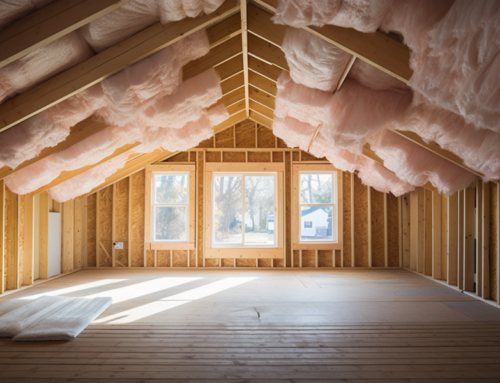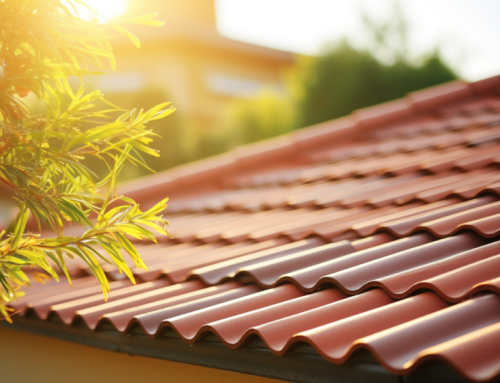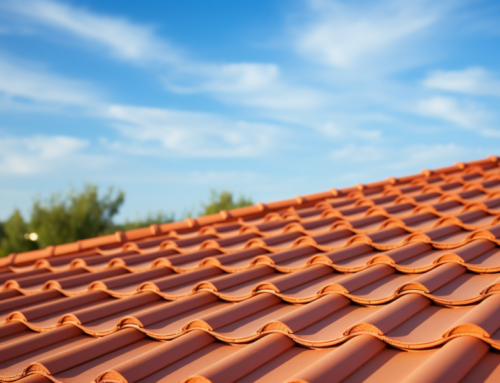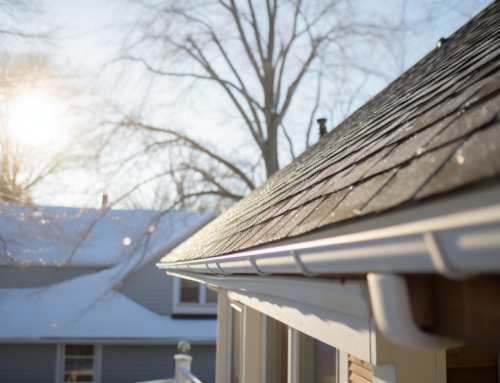Winter brings with it a myriad of challenges for homeowners, especially when it comes to maintaining the integrity of their roofs. One of the most overlooked yet crucial aspects of roof maintenance is the condition of the roof flashing. This seemingly insignificant component plays a pivotal role in ensuring that your home remains free from leaks and water damage during the colder months.
Understanding Roof Flashing
Roof flashing is a thin layer of material, typically crafted from steel, designed to prevent water intrusion into vulnerable areas of the roof. Its primary function is to seal and safeguard roof joints, making them impervious to water while still accommodating the natural contraction and expansion caused by varying humidity and temperature levels.
Key Types of Roof Flashing
- Valley Flashing: Predominantly found in roof valleys or where two roofing planes intersect, valley flashing is characterized by its inverted “T” profile. This design acts as a barrier, directing rainwater away from one roofing plane and preventing it from seeping under another.
- Continuous and Step Flashing: These are essential for areas where the roofing plane meets architectural features like dormers and walls. Continuous flashing is positioned on the side parallel to the roof, whereas step flashing is aligned with the sloped sides, mirroring the overlaps seen on asphalt shingles.
- Drip Edges: Positioned along the roof’s perimeter, drip edges have an inverted L-shape that stops rainwater from wicking back into the roof deck.
- Rubber Boots: Also referred to as vent pipe flashing, these cone-shaped rubber flashings are installed at the base of vent pipes. During installation, the cone is tailored to align with the pipe’s diameter.
Common Flashing Concerns
Cracked Flashing
Over time, the tar used to seal concealed flashing can deteriorate and develop cracks. Exposed metal flashing isn’t immune either; it can succumb to the effects of rain, wind, and other environmental factors, leading to deterioration and cracking. Such cracks can compromise the flashing’s efficacy, increasing the risk of leaks.
Bent Flashing
Even minor bends in the flashing can escalate into significant problems. Damage to the protective coating that shields the steel can result in corrosion, reducing the flashing’s ability to prevent leaks.
Missing Flashing
The absence of flashing in any part of your roof is a pressing concern. Flashing is engineered to divert runoff away from walls, chimneys, windows, doors, and pipes. Without it, water can infiltrate these areas, leading to mold growth, rot, and extensive damage.
The Role of San Diego County Roofing & Solar
At San Diego County Roofing & Solar, we understand the intricacies of roof maintenance, especially the significance of roof flashing. Whether you’re seeking expert advice on flashing types, facing issues with cracked or bent flashing, or need assistance with missing flashing, our team of skilled roofers in San Diego is here to help. With our vast experience as one of the leading San Diego roofing companies, you can trust us to provide solutions that prioritize your home’s safety and longevity. Remember, a well-maintained roof is not just about aesthetics; it’s about ensuring a safe and dry haven for you and your loved ones.











